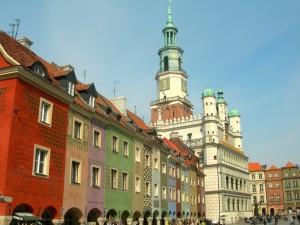
The International Conference on Theory and Practice of Digital Libraries (TPDL) constitutes a leading scientific forum on digital libraries that brings together researchers, developers, content providers and users in the field of digital libraries. TPDL 2015 is organised by Poznań Supercomputing and Networking Center and will be held in Poznań, Poland, on September 14-18, 2015.
Digitalmeetsculture has been appointed as Media Partner of the International Event and will follow the Conference in Poland with costant updates.
EARLY REGISTRATION CLOSES ON 31ST OF JULY!
Aims and scope
Valuable and rapidly increasing volumes of data are created or transformed into digital form by all fields of scientific, educational, cultural, governmental and industry activities. For this purpose the digital libraries community has developed long-term and interdisciplinary research agendas, providing significant results, such as development of Digital Libraries, solving practical problems, accomodating research data and satisfying the needs of specific user communities.
The advent of the technologies that enhance the exchange of information with rich semantics is of particular interest in the community. Information providers inter-link their metadata with user contributed data and offer new services outlooking to the development
of a web of data and addressing the interoperability and long-term preservation challenges.
TPDL 2015 under the general theme “Connecting Digital Collections”, invites submissions for scientific and research work in the following categories: Full Papers, Short Papers, Posters and Demonstrations, Workshops and Tutorials, Panels and Doctoral Consortium. All submissions will be reviewed on the basis of relevance, originality, importance and clarity in a triple peer review process. The TPDL 2015 proceedings will be published by Springer-Verlag in the Lecture Notes in Computer Science series.
Industry submissions are especially welcome, and a dedicated conference track is planned for them if many quality submissions are received.
Topics
General areas of interests include, but are not limited to, the following topics
Connecting digital libraries:
- exploring semantic web and linked data
- data mining and extraction of structure from networked information
- multilingual information retrieval
- metadata aggregation models
- interoperability and information integration
- ontologies and knowledge organisation systems, networked information
- applications of digital libraries
Practice of digital libraries:
- quality assurance in digital libraries
- scalability and high availability of digital libraries
- infrastructures supporting content processing
- user studies for and evaluation of digital library systems and applications
- large scale digital preservation infrastructures for cultural heritage
- digital curation
- multimedia information management and retrieval
- user interfaces and user experience
Digital libraries in science:
- digital humanities
- scholarly primitives
- research data and virtual organisations
- visualisation in digital libraries
- digital libraries as source of big data for humanities
Users, communities, personal data:
- social networking, web 2.0 and collaborative interfaces in digital libraries
- social-technical perspectives of digital information
- user mobility and context awareness in information access
- personal information management and personal digital libraries
- long term preservation in personal digital libraries
- community-driven digital libraries
Special track: Digital Libraries in the industry
Important Dates
| Type of contribution | Proposals deadline | Notification of acceptance | Camera ready versions |
|---|---|---|---|
| Full and Short papers, Posters and Demonstrations | 2015/03/30 |
2015/06/05 |
2015/06/19 |
| Workshops, Panels and Tutorials | 2015/03/09 |
2015/04/13 | — |
| Doctoral Consortium | 2015/06/30 | 2015/07/10 | — |
| Systems and Products Track | 2015/07/05 | 2015/07/20 | — |
Registration
- June 01, 2015 – Early registration opens
- July 31, 2015 – Early registration end
- August 01, 2015 – Regular registration opens
- August 31, 2015 – Registration ends
Events
- September 14, 2015 – Tutorials
- September 15-17, 2015 – Main conference
- September 17-18, 2015 – Workshops
International Journal on Digital Libraries – TPDL2015 Focused Issue
- November 1, 2015 – Submission of extended papers (for invited authors only)
- February, 2016 – First round of reviews
- April, 2016 – Submission of revised versions of papers, based on reviewers’ comments
- May, 2016 – Second round of reviews
- June, 2016 – Submission of final versions of papers, based on reviewers’ comments
- July, 2016 – Final decision on accepted papers
- September, 2016 – Publication of the IJDL focused issue
Formatting Instructions
Full papers (12 pages), short-papers (6 pages), posters and demonstrations (4 pages) must be written in English and submitted in PDF format. The TPDL 2015 proceedings will be published by Springer-Verlag in Lecture Notes in Computer Science.
Therefore all submissions should conform to the formatting instructions described in the “For Authors” webpage. For Doctoral Consortium, papers are expected to have a maximum of 8-10 pages, including references. Papers is recommended to be formatted according to Springer LNCS guidelines. In case your paper includes images or screenshots please ensure that you set image compression at 600dpi when you produce your PDF file.
Submission
All papers, short-papers, posters and demonstrations must be submitted in electronic format (PDF) via the conference’s EasyChair submission page (TBA). According to the Registration Regulation for TPDL 2015, inclusion of papers in the Proceedings is conditional upon registration of at least one author per paper.
Organisation
General Chairs:
Cezary Mazurek, PSNC, Poland
Marcin Werla, PSNC, Poland
Programme Chair:
Sarantos Kapidakis, Ionian University, Greece
Organising Chair:
Damian Niemir, PSNC, Poland
More information at tpdl2015.info. View the event’s final agenda.


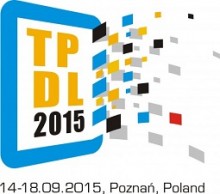
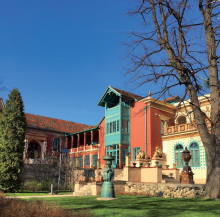

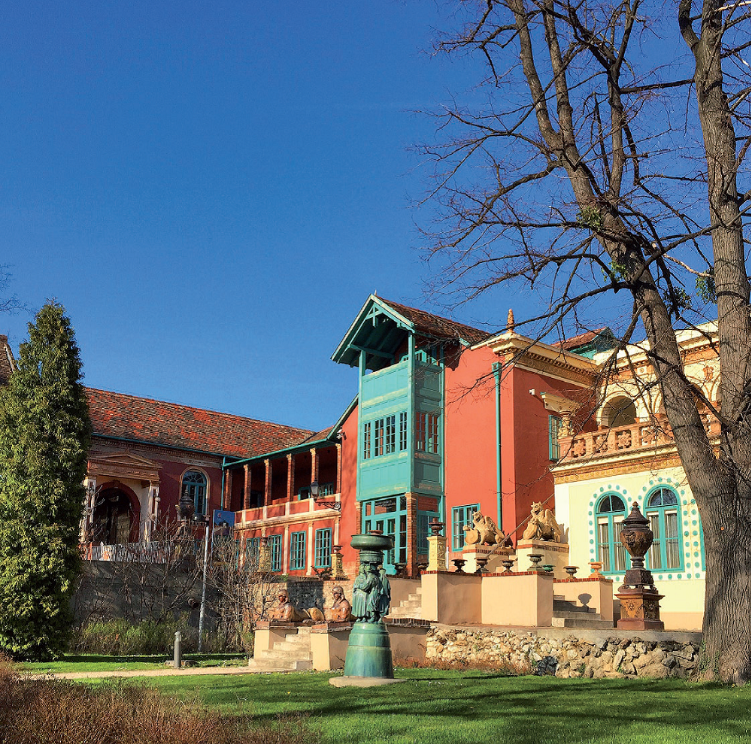
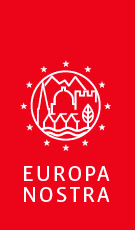 Europa Nostra represents a rapidly growing citizens’ movement for the safeguarding of Europe’s cultural and natural heritage. Its pan-European network is composed of 250 member organisations (heritage associations and foundations with a combined membership of more than 58 million people), 150 associated organisations (governmental bodies, local authorities and corporations) and also 1300 individual members who directly support its mission. In 2013, Europa Nostra celebrated its 50th Anniversary.
Europa Nostra represents a rapidly growing citizens’ movement for the safeguarding of Europe’s cultural and natural heritage. Its pan-European network is composed of 250 member organisations (heritage associations and foundations with a combined membership of more than 58 million people), 150 associated organisations (governmental bodies, local authorities and corporations) and also 1300 individual members who directly support its mission. In 2013, Europa Nostra celebrated its 50th Anniversary.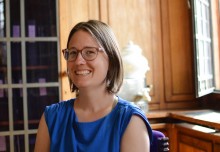
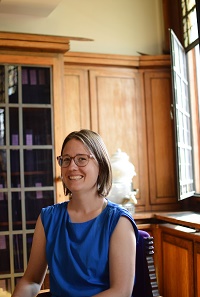 Practically, Waag Society thinks about how museums can present their collections in innovative ways in order to benefit all interested audiences and communities. They use co-creation to start the dialogue with them and come together to create great, new ideas.
Practically, Waag Society thinks about how museums can present their collections in innovative ways in order to benefit all interested audiences and communities. They use co-creation to start the dialogue with them and come together to create great, new ideas.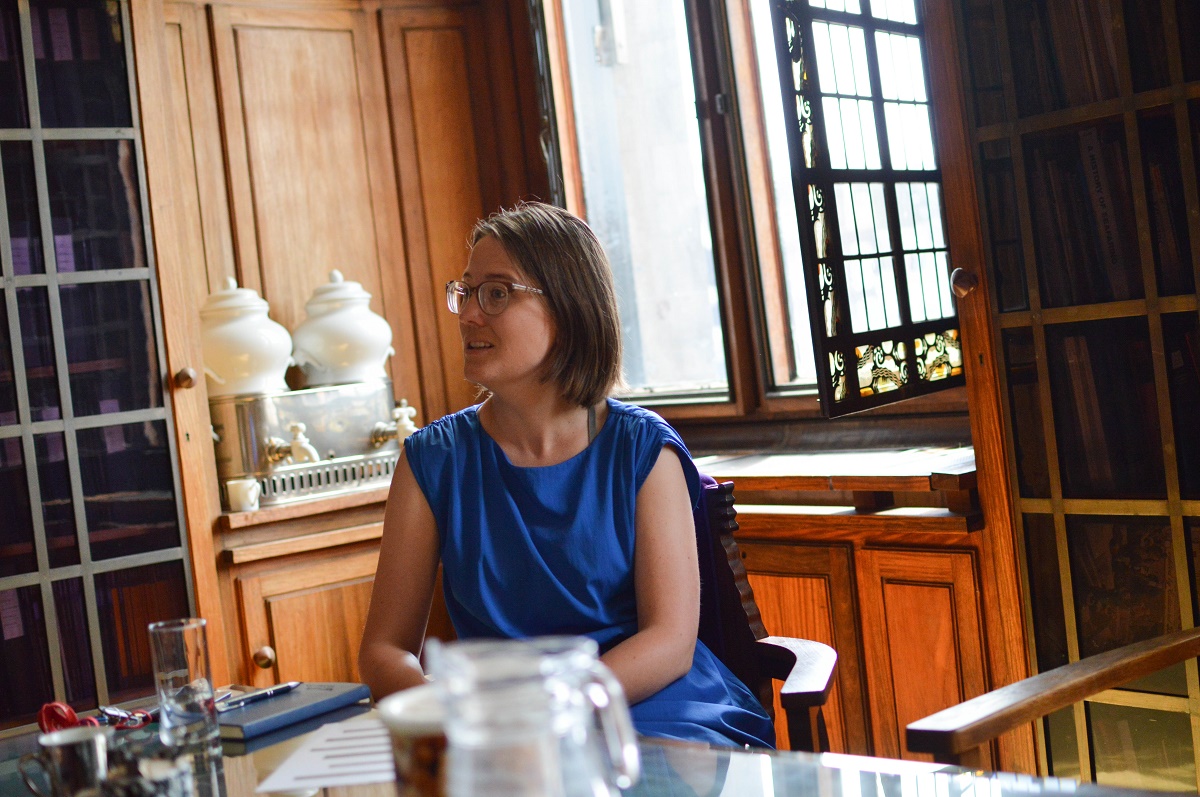



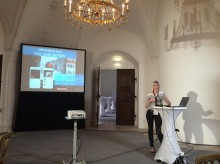

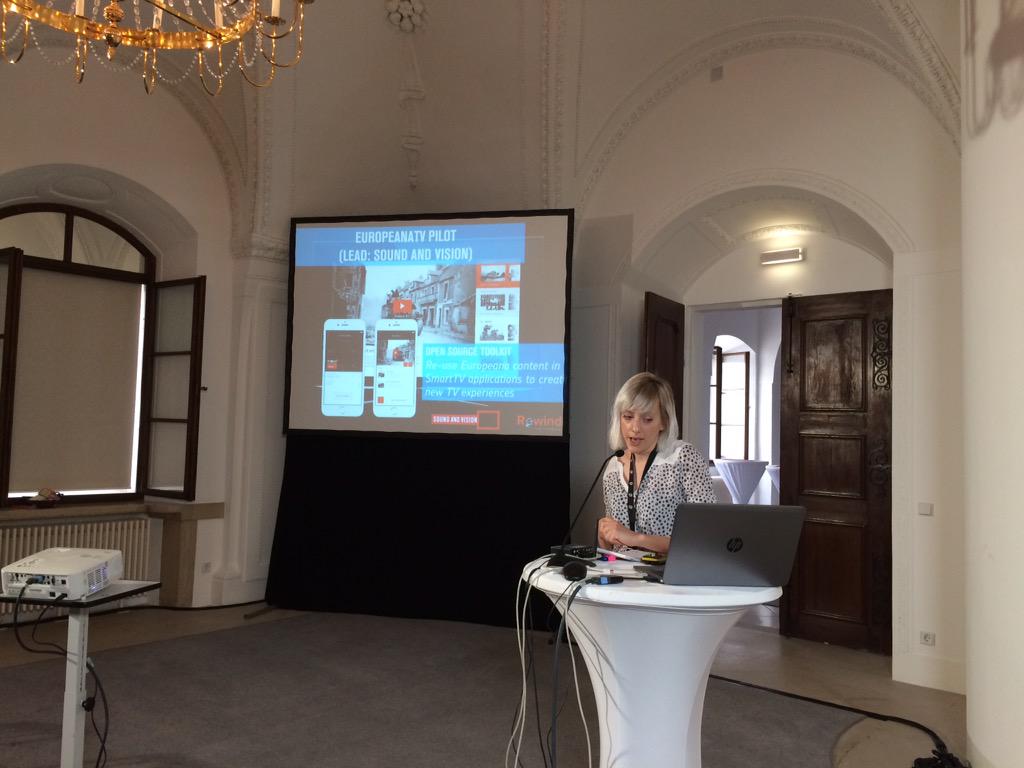
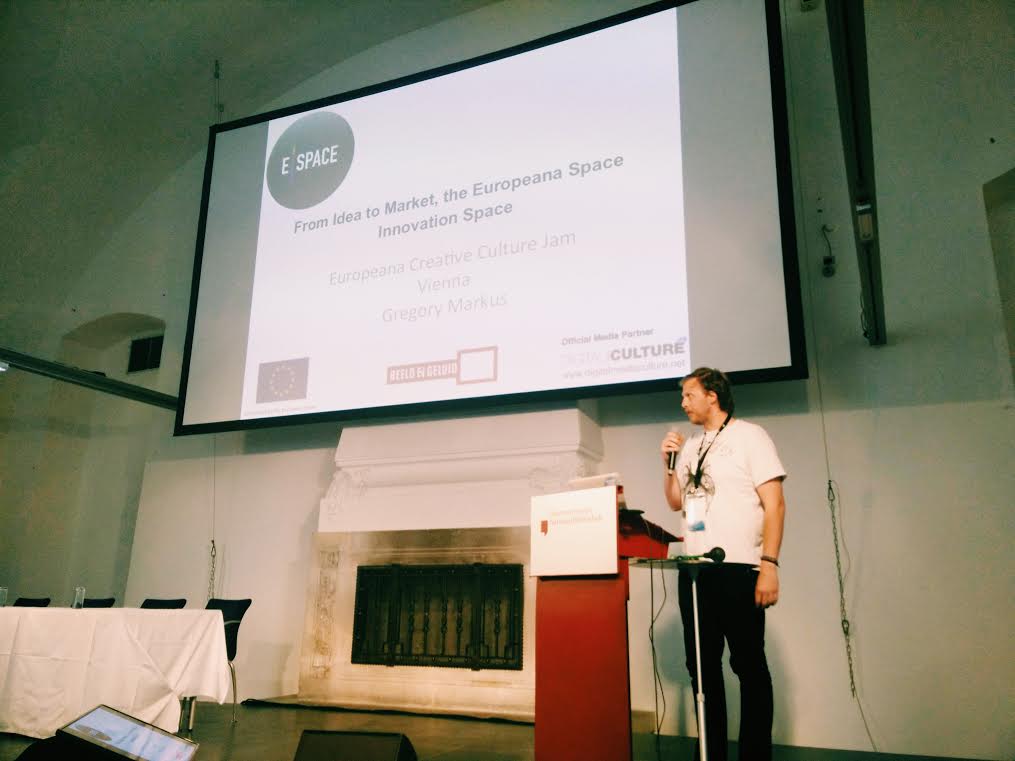
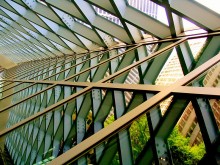
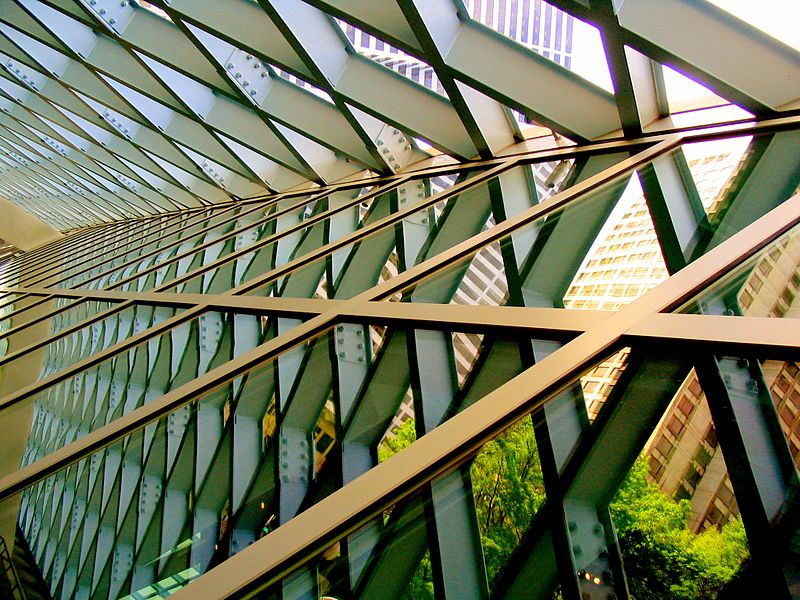
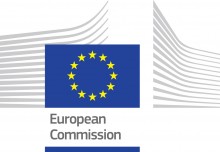
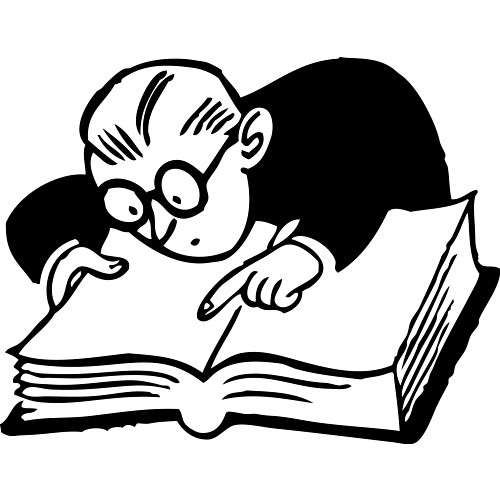
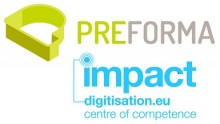
 PREFORMA (
PREFORMA (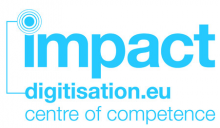 IMPACT Centre of Competence in digitisation (
IMPACT Centre of Competence in digitisation (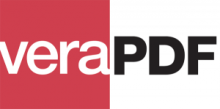
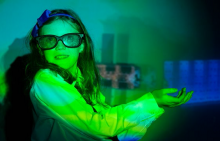
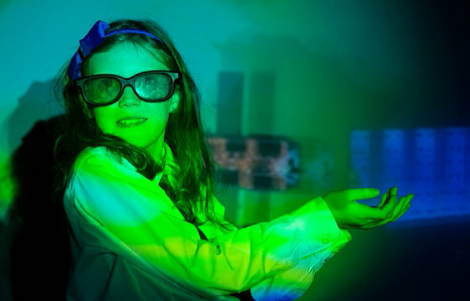
 If you have interesting news and events to point out in the field of digital cultural heritage, we are waiting for your contribution.
If you have interesting news and events to point out in the field of digital cultural heritage, we are waiting for your contribution.







































